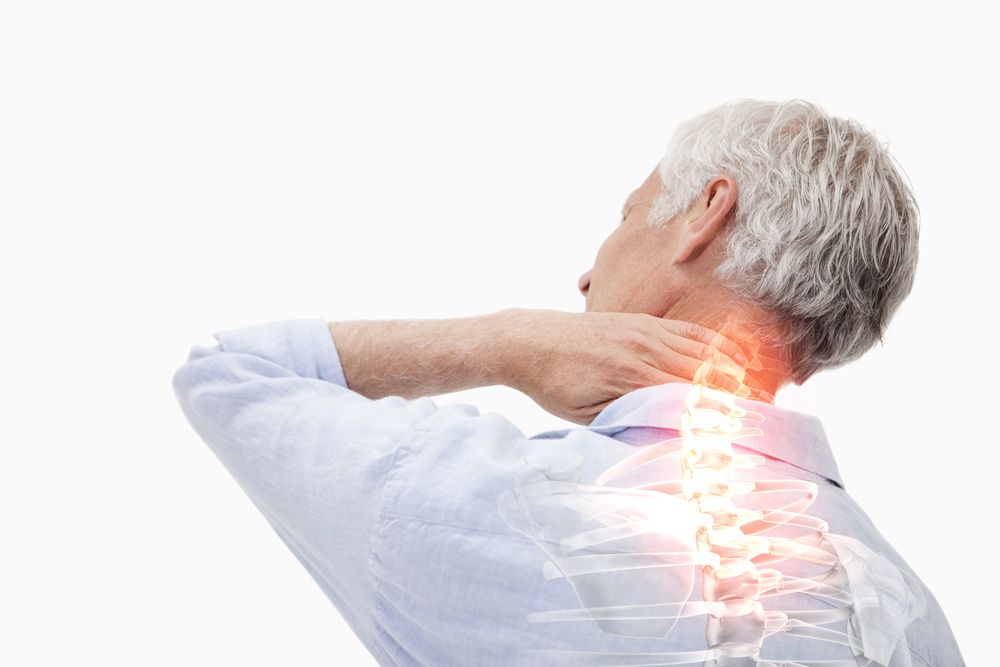Living with chronic pain is one of the most common experiences many seniors face daily. Chronic pain can result from a disability, injury (such as a fall), fibromyalgia, endometriosis, chronic fatigue syndrome, multiple sclerosis, arthritis, shingles, nerve damage, and even unidentifiable causes. Chronic pain is typically defined as pain that persists beyond the expected time of healing (usually around 12 weeks). Pain in later life can result from neuropathies from diabetes, chemotherapy, surgery, or from advanced chronic disease.
The Risks of Chronic Pain
No matter the cause for chronic pain, one thing is universal; chronic pain takes a toll on your life and on the lives of those around you. The constant struggle with physical pain can lead to depression, social problems, and even loss of appetite and sleep. It may be difficult to have the desire to get up and out of the house when everything associated with that is very painful. It is possible to manage your symptoms and find pleasure in life despite the pain you experience.
What Seniors Can Do to Manage Chronic Pain
While chronic pain can be debilitating, there is a lot of hope when it comes to living a life filled with pleasure and happiness. Yes, chronic pain can be difficult to completely eliminate, but there are many ways you can reduce and manage your pain and regain your life.
-
Discuss your pain with your doctor
A comprehensive geriatric pain assessment is an excellent tool your doctor can utilize to help understand and treat your chronic pain. Try to be as specific and honest as possible when describing your symptoms so you and your doctor can work together to find viable improvements with your pain.
2. Do things that energize you
This may sound silly, but finding ways to re-energize yourself not only distracts you from your chronic pain, but it will give you additional energy to live each day with more pleasure. Joining a social club, working part-time, volunteering, or spending time with family may just be what you’ve needed to take the focus off your pain.
3. Exercise regularly
It can be hard to understand why exercising when you hurt badly can be something that is helpful. According to Dr. Wayne McCormick at the Division of Gerontology and Geriatric Medicine at the University of Washington, staying active and exercising regularly is one of the most effective ways to make living with chronic pain more tolerable.
4. Explore therapeutic options
Cognitive behavior therapy, self management training, and physical therapy are all options that may help in developing coping mechanisms that may make living with pain more tolerable. You may learn techniques that help you manage the stress pain causes, and may steer you clear of depression that can accompany chronic pain.
5. Involve those around you
You do not have to suffer alone! Find out if there is a support group in your community where you can connect with others that understand the challenges of living with chronic pain. Lean on your loved ones. They love you and want to help you. Whether its running an errand, taking you to an appointment, or just helping with a few things around your house; they are a wonderful resource to utilize.
Chronic pain is a very real, serious condition. It is important to communicate with those around you as honestly as possible when you are experiencing pain. Doing so not only avoids misunderstandings, but it also allows others to help and love you. There is a lot of hope when it comes to living with chronic pain. Work with your doctor, communicate with those around you, and engage in good self-care to manage your symptoms and find pleasure in life despite the pain you experience.





